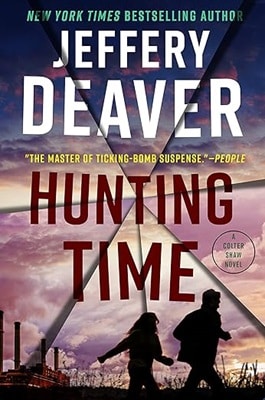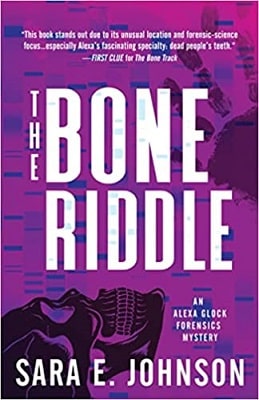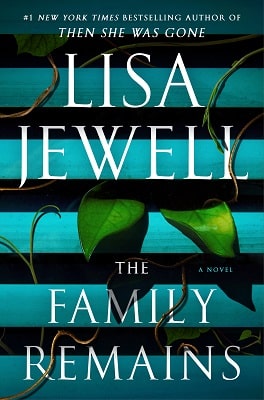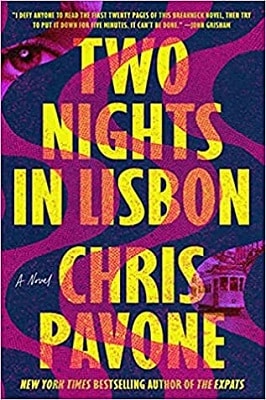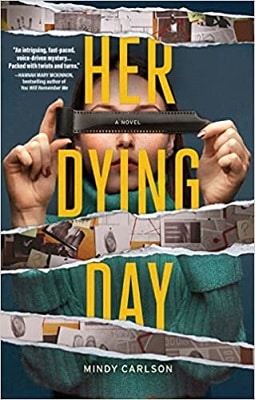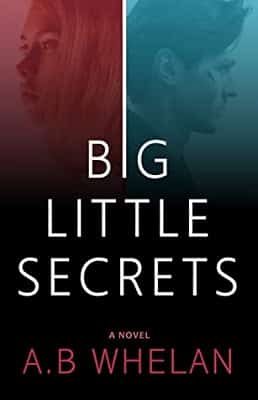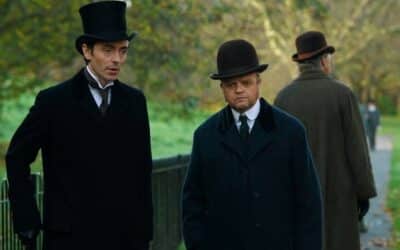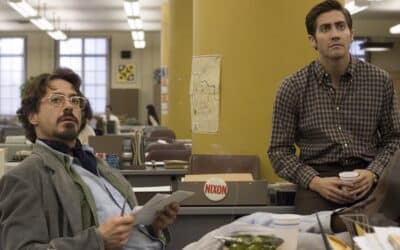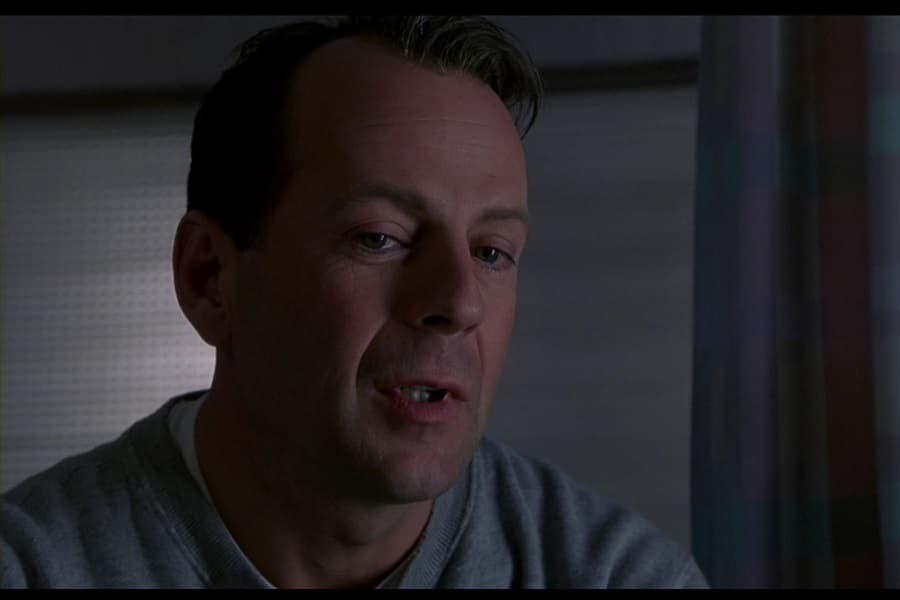
Mystery Twists
Tighten your trench coats and tip those fedoras just so, because today we’re diving deep into the murky waters of mystery fiction to uncover the secrets of crafting a plot twist that’ll knock the socks off even the most jaded of gumshoes. Crafting a mystery plot twist isn’t just about pulling the rug out from under the audience; it’s an art form, a delicate dance of misdirection, surprise, and ultimately, satisfaction.
Let’s start by dissecting what makes a plot twist not just good, but great. It’s all about the setup, the sleight of hand that the writer performs while the reader’s gaze is elsewhere. Take, for example, Agatha Christie’s classic, “And Then There Were None.” Christie sets her stage on an isolated island, where the characters, and the readers, are cut off from the world, creating a pressure cooker of tension and suspicion. The brilliance of the twist comes from Christie’s masterful deployment of clues that are in plain sight yet overlooked, leading to a revelation that is both shocking and, in retrospect, inevitable.
On the screen, the film “Fight Club,” based on Chuck Palahniuk’s novel, offers a modern masterclass in the plot twist. The narrative weaves through the psyche of its protagonist in such a way that when the twist hits, it forces the viewer to reevaluate everything they’ve witnessed. The key here is the depth of character development, which lays the groundwork for a twist that is as believable as it is unexpected.
The foundation of a convincing mystery plot twist lies in the details. Raymond Chandler’s “The Big Sleep” teaches us the value of embedding the twist within a complex web of events and characters. Chandler peppers his narrative with red herrings and dead ends, but the twist, when it comes, ties together seemingly unrelated threads in a way that makes the reader question why they didn’t see it coming.
However, crafting a twist that feels both surprising and fair is a tightrope walk. Consider “The Sixth Sense” by M. Night Shyamalan, a film that executes this balance with aplomb. The twist works because it plays on the assumptions of the audience, leading them down a path of misunderstanding while providing all the necessary clues to the truth. The art lies in making the audience complicit in their own deception, leading to a revelation that reshapes the narrative in a new and thrilling light.
To achieve this, a writer must understand the importance of pacing. The plot must build in such a way that the twist, when it arrives, feels like a natural yet unexpected culmination of the narrative. Alfred Hitchcock’s “Vertigo” is a prime example of pacing done right. The film takes its time, building suspense and developing its characters, so when the twist arrives, it’s both a shock and a resolution to the carefully constructed tension.
Dialogue also plays a crucial role in setting up a successful plot twist. The way characters interact with one another, what they say, and perhaps more importantly, what they don’t say, can provide the audience with the clues needed to piece together the mystery. “The Usual Suspects,” with its iconic twist, showcases how dialogue can be used to mislead the audience while simultaneously providing the keys to unlock the mystery.
For writers looking to craft their own unforgettable plot twist, the advice is to study these masters of the genre. Observe how they weave their narratives, how they develop their characters, and how they plant the seeds of the twist throughout their stories. It’s about creating a balance between misdirection and fairness, ensuring that when the twist comes, it doesn’t just surprise the audience but also provides a deeper understanding of the narrative.
A great plot twist is not just a surprise, but a revelation that changes the way we see the story. It requires careful planning, a deep understanding of the narrative, and, most importantly, respect for the audience. Whether it’s through the written word or the silver screen, the goal is the same: to craft a moment that leaves the audience astounded, reflecting on the clues and foreshadows they missed along the way.
Remember, the best plot twists are those that the audience can look back on and see the groundwork laid out before them, making the revelation not just surprising, but satisfying. It’s a delicate art, one that demands attention to detail, character, and pacing. But for those who master it, the reward is a place among the legends of mystery writing, where their work continues to surprise and delight audiences, turning skeptics into believers, and making even the most hard-nosed of reporters tip their hat in respect.
More Mysteries
advertisement
Similar Features
Querying a Mystery
How to Write a Query Letter That Won’t Get You Ghosted
Crafting the Character
Creating Characters as Mysterious as Your Plot
Subtext in Suspense Scripts
How Subtext Drives Suspense in Thrillers and Mysteries

